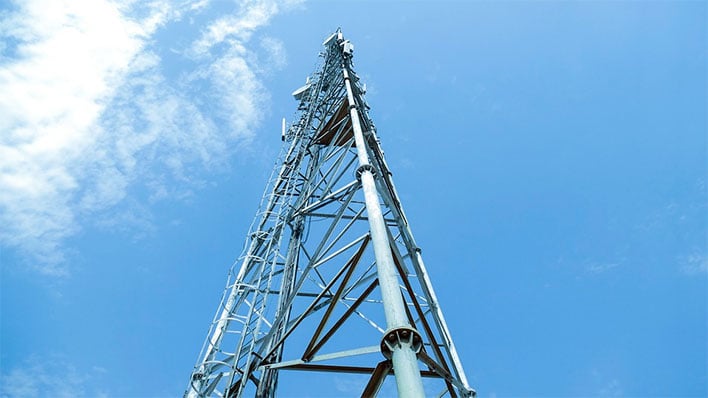If you've ever walked through a city and spotted tiny mini 5G cell towers placed on poles for street lighting. They look like small boxes however they're actually sending wireless signals from mobile providers to your phone.
They are replacing the larger built cell towers. While they're less noticeable but they can still create problems for those who live nearby.
It is the FCC's Radiation Exposure Thresholds
The FCC's Radiation Exposure Thresholds establish the maximum amount of time a person can be exposed to electromagnetic energy from wireless devices. The limits for exposure are based on scientific data which prove that electromagnetic energy can cause harm to health.
The absorption rate specific (SAR) is a measure of the amount of radiofrequency energy absorbed by tissue. It is typically 1.6 Watts per kilogram spread over a Gram of tissue.
However, because 5g transmits at higher frequencies this could be able to cause greater energy intensity on the skin and other directly-exposed body areas. This could lead to various possible harms, such as an increase in appearance of skin disorders like dermatitis, skin cancer and cataracts.
Due to the potential for harmful effects of radiation from 5G, PSU has chosen to establish a general, localized power density limit of 4 mW/cm2 averaged over 1 cm2, and not to exceed 30 minutes, for the entire 5G spectrum at 3000 GHz. This limit for localization is in line with the peak SAR spatial-average of 1.6 W/kg, which is averaged over 1 grams of tissues at six GHz.

The FCC's Maximum Exposure Thresholds for Maximum Exposure
In the event that you've used cell phone, then you've probably realized that the safest location from the tower should be at least 400 meters away. https://postheaven.net/ferryfoam81/very-best-minimum-acceptable-range-between-yourself-plus-a-5g-mobile-tower is due to the power of the transmission of cell towers increases drastically the further your location from the tower.
While it sounds like a good idea but the truth is that those living close to towers might be more susceptible to health issues. For example, a study from 2014 in India found that residents who lived within 50m from cell towers suffered significantly more health complaints than those who were distance from them.
This study found that people who moved to areas that were further from the cell towers saw their symptoms improve within a few days. Studies have also shown that exposure to high amounts of electromagnetic field radiofrequency (EMFs) could cause brain tumors, cancer as well as other health issues.
This is because RF radiation, which is utilized in wireless communications, can penetrate the human body's outer layer, the skin. This is vital to be aware of because the skin serves as a protective barrier against mechanical injury, infection from pathogenic microorganisms, as well as entry of toxic substances. Additionally, it is the biggest organ in the human body and is responsible for maintaining the integrity of other organs.
The FCC's Minimum Exposure Thresholds for the Minimum Exposure
The FCC's Minimum Exposure Thresholds are based on numerous assumptions that are not supported by evidence from science. what is a safe distance from a cell tower include the erroneous belief that exposures to RF radiation is safe due to minimal absorption into body (i.e. thermal heating of tissue).
This also overlooks the deeper penetration of the ELF elements of modulated radio signals as well as the effects of brief bursts of heat from pulsed RF waves. These theories are not compatible with current understanding of the biological consequences of RF radiation. As such, they should not be considered for health protection exposure standards.
In addition there is the fact that both ICNIRP and FCC are limiting their maximum exposure limits to local peak SARs that are based on the maximum speed of spatial absorption (psSAR) which is an inadequate dosimetric tool to determine the degree of exposure to RF radiation. Particularly, psSAR is inaccurate when frequencies exceed 6 GHz. In addition, psSAR is not been tested for RF radiation with co-exposure to other environmental agents , such like sunlight. The interactions of RF radiation with other agents in the environment could result in antagonistic or synergistic results. what is a safe distance from a cell tower could result in an increased risk of adverse health consequences. For example, exposure to RF radiation along with exposure to sunlight can cause an increase in the incidence of skin cancer, as well as aggravate other skin disorders, such as acne.
